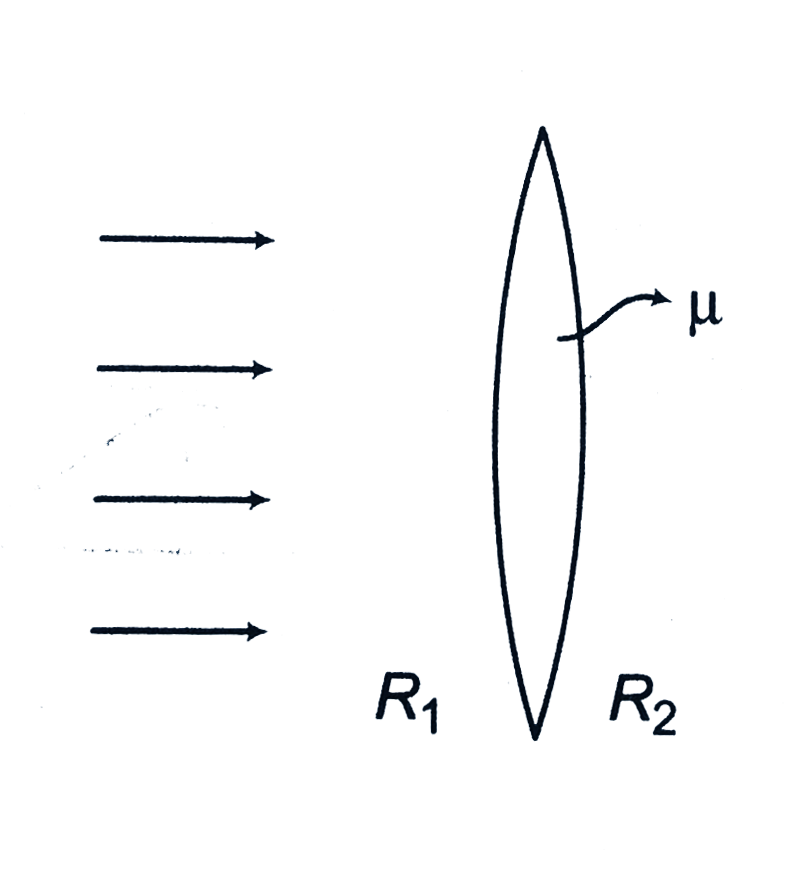A corn cob (see in figure), shaped somewhat like a cone, has the radius of its broadest end as 2.1 cm and length as 20cm. If each 1 cm2 of the surface of the cob carries an average of four grains, find how many grains you would find on the entire cob?
To solve the problem step by step, we will follow these steps:
Step 1: Identify the given values
- Radius of the cone (r) = 2.1 cm
- Height of the cone (h) = 20 cm
Step 2: Calculate the slant height (l) of the cone
The slant height can be calculated using the Pythagorean theorem:
l=√r2+h2
Substituting the values:
l=√(2.1)2+(20)2=√4.41+400=√404.41
Calculating this gives:
l≈20.11 cm
Step 3: Calculate the curved surface area (CSA) of the cone
The formula for the curved surface area of a cone is:
CSA=πrl
Using π≈227:
CSA=227×2.1×20.11
Calculating this step-by-step:
1. First, calculate 2.1×20.11=42.231
2. Then, calculate 227×42.231:
CSA=22×42.2317≈928.0827≈132.726 cm2
Step 4: Calculate the total number of grains on the corn cob
Given that each 1 cm2 of the surface carries an average of 4 grains, the total number of grains can be calculated as:
Total grains=4×CSA
Substituting the value of CSA:
Total grains=4×132.726≈530.904
Rounding this to the nearest whole number gives:
Total grains≈531
Final Answer
The total number of grains on the entire corn cob is approximately 531 grains.
---
- Radius of the cone (r) = 2.1 cm
- Height of the cone (h) = 20 cm
The slant height can be calculated using the Pythagorean theorem:
l=√r2+h2
Substituting the values:
l=√(2.1)2+(20)2=√4.41+400=√404.41
Calculating this gives:
l≈20.11 cm
The formula for the curved surface area of a cone is:
CSA=πrl
Using π≈227:
CSA=227×2.1×20.11
Calculating this step-by-step:
1. First, calculate 2.1×20.11=42.231
2. Then, calculate 227×42.231:
CSA=22×42.2317≈928.0827≈132.726 cm2
Given that each 1 cm2 of the surface carries an average of 4 grains, the total number of grains can be calculated as:
Total grains=4×CSA
Substituting the value of CSA:
Total grains=4×132.726≈530.904
Rounding this to the nearest whole number gives:
Total grains≈531
The total number of grains on the entire corn cob is approximately 531 grains.
Similar Questions
A corn cob (see Fig. 13.17), shaped somewhat like a cone, has the radius of its broadest end as 2.1 cm and length (height) as 20 cm. If each 1cm2 of the surface of the cob carries an average of four grains, find how many grains you would find on the entire cob?
View SolutionThe area of a rectangle is 240 cm2. If its length is 20cm, find its breadth.
View SolutionThe radius of a cone 7cm and area of curved surface is 176 cm2 . Find the slant height.
View SolutionFind the area of a circle whose radius is (a)7 cm (b) 2.1 m (c)7 km
View SolutionHanumappa and his wife Gangavva are busy making Jaggery out of sugar-cane. They have processed the sugarcane juice to make the molasses which is poured into moulds of the shape shown in Figure. It will be cooled to solidify in this shape to be sent to the market. Each mould is in the shape of a frustum of a cone having the diameters of its two circular ends as 30 cm and 35 cm and the height of the mould is 14 cm. If each cm3 of molasses weighs about 1.2 gm, find the weight of molasses that can be poured into each mould (Take π=22/7 )
View SolutionCurved surface area of a cone is 308 cm2 and its slant height is 14cm. Find the radius of the base and total surface area of the cone.
View SolutionCurved surface area of a cone is 308 cm2 and its slant height is 14cm. Find the radius of the base and total surface area of the cone.
View SolutionA biconvex lens (μ=1.5) has radius of curvature 20cm (both).
find its focal length.

View SolutionThe area of the curved surface of a cone is 60π cm2. If the slant height of the cone be 8cm, find the radius of the base.
View SolutionCurved surface area of a cone is 308 cm2and its slant height is 14 cm. Find (i) radius of the base and (ii) total surface area of the cone.
View Solution
